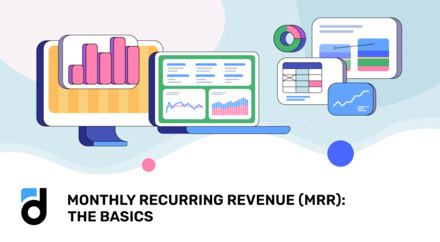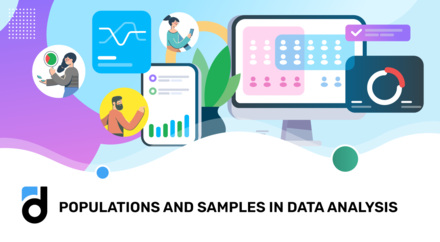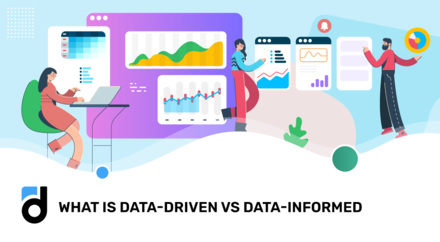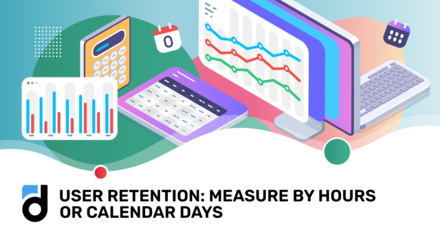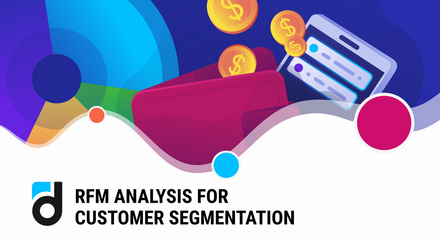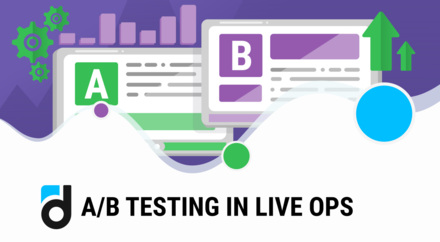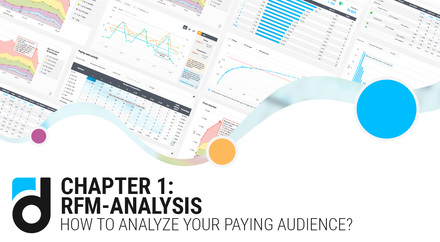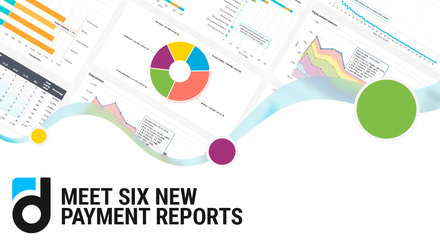ARPU, or Average Revenue Per User, is one of the most popular and most important monetization metrics in game analytics that you can use to evaluate your project performance. In general, ARPU is the amount of income that is on average produced by one active user over a specific period of time. Usually, partners and investors take a particular interest in this metric and the devtodev team will try to clarify its specifics and ways you can use it to analyze your games.
To calculate the ARPU, you need to divide the revenue for the selected time period by the active audience:
Also, you may see the ARPDAU metric quite often. It is the same as ARPU but calculated for a single day: the revenue for one day is divided by the number of active users on that day — Daily Active Users, or DAU.
You can also calculate ARPMAU, or Average Revenue Per Monthly Active User, which divides the monthly revenue by the product’s MAU.
ARPU is one of the key indicators that shows the project’s monetization performance that in turn directly influences income. You can calculate it by the following formula:
Revenue = ARPU * Active users
So the higher your ARPU, the larger your game's revenue is. Also, ARPU is a great metric to assess the effect of changes that you made within your project. It takes into account both paying and free users and is based on two additional parameters, which makes it much easier to analyze:
ARPU = ARPPU * Paying Share
Here, ARPPU is an average revenue per paying user, while Paying Share is the percentage of paying users within the entire audience.
Let's see how it works.
For example, during the selected time period, 1,000 users opened the app and 100 of them made purchases for a total of $500.
Therefore, your average user produces $0.5: ARPU = $500 / 1000 = $0.5
Out of the entire audience, 100 users made purchases: Paying share = 1000 / 100 = 10%
The average check for a paying user is $5: ARPPU = $500 / 100 = $5
By combining paying share and ARPPU, we see that: ARPU = 10% * $5 = $0.5
Read more: K-factor
Where you can use ARPU
Pricing experiments analysis
For example, your product costs $15, you had revenue of $1,500 and 1,500 users. Then you raised the price up to $17. As a result, you saw a decrease in user count down to 1,200 and the revenue also fell to $1,400.
How do you know if the price increase was effective and whether the decline in revenue was related to it?
To answer these questions, we need to take a look at the ARPU values:
ARPU before = $1,500 / 1,500 = $1.00
ARPU after = $1,400 / 1,200 = $1.17
As we see, it actually wasn’t a bad experiment at all. If we can bring back the number of users that we had before we raised prices, the revenue will increase:
$1.17 * 1,500 = $1,755, versus $1,500 before we increased the price.
Read more: ROI
Traffic analysis
Let’s say you have a product that costs $2. Your monthly audience is 1,000 users and they bring in $400 in revenue: ARPU = $400 / 1000 = $0.4
Then you increase traffic and the number of users goes up to 1,500 while the revenue grows to $500. It seems to be a good thing, but if you calculate ARPU, you'll see that it had actually decreased: ARPU = $500 / 1500 = $0.3
As a result, the average user now produces less revenue than before. Probably, because purchased traffic wasn’t targeted enough.
Also, you can use this to compare different traffic channels. And the most important thing to keep in mind is that the higher the ARPU, the more income you will get.
User segments comparison
Let’s imagine that there are several types of players in your product and they all behave differently and pay differently. In addition to that, the number of users in each of those segments varies widely. You can use ARPU to compare which of these segments is the most loyal and profitable:
|
Segment |
Number |
Revenue |
ARPU |
|
Installed app 1 day ago |
95 |
$1,988 |
$20.9 |
|
Installed app 2-7 days ago |
43 |
$703 |
$16.3 |
|
Installed app 8-30 days ago |
203 |
$3,715 |
$18.3 |
|
Installed app 1-3 months ago |
175 |
$4,254 |
$24.3 |
You can see that there is a majority of loyal users who have been using the product for some time and on average pay the highest amount for your game.
However, despite the fact that there are far fewer new users, they also generate decent revenue compared to the rest of the segments.
By focusing on these groups of users and increasing the number of people in them (especially new users), you can significantly increase your total product revenue.
Read more: Downloads
HOW TO INCREASE ARPU
First of all, you need to pay attention to the two metrics that are part of the ARPU formula: Paying Share and ARPPU. The more users you can convert to making purchases, the higher your ARPU and the resulting revenue will be. In order to improve ARPPU, you can conduct pricing experiments or increase the value of your product to the user.
You can also focus on conversions to repeat purchases, as research has shown that the more purchases a user makes, the larger the next purchase amount will be. It is also important to keep in mind that if you simply increase the price, you’ll have your ARPPU growth but it is not the fact your overall income will grow as well. The percentage of paying users may fall sharply, but the profit from paying users might not be able to compensate for the decrease in the number of purchases.
Now you know how to measure the success of your product, user loyalty, how to compare different traffic sources, and evaluate your experiments.












































